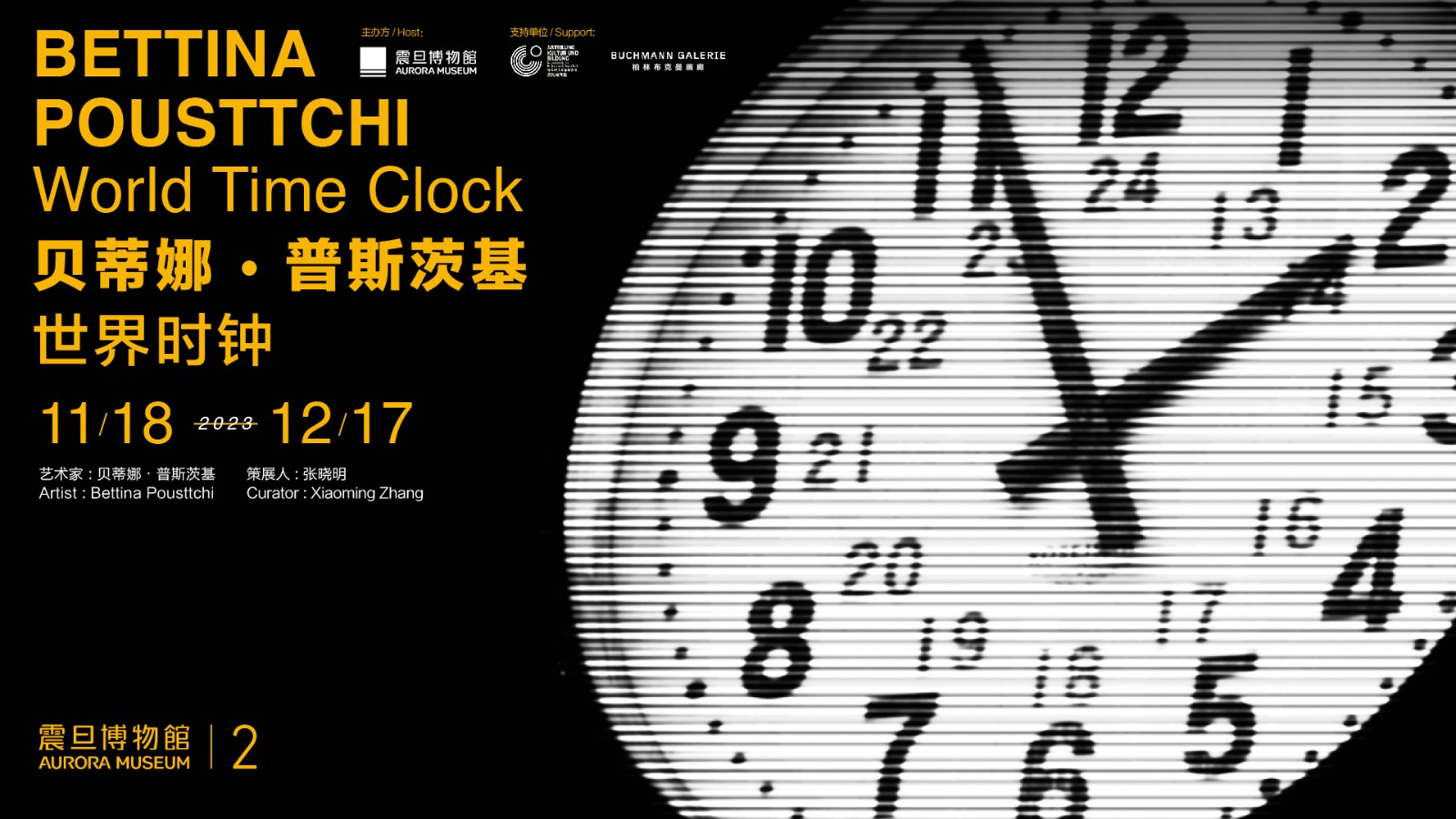12 Dim Sum Dishes You Have to Try

Dim sum, or dianxin (点心 in Mandarin) denotes bite-sized breakfast or lunch food served in steamer baskets or on small plates, consisting of various steamed, fried or baked delicacies such as dumplings, buns, roasted meats and more. Dim sum goes hand in hand with tea drinking: the term yumcha (饮茶yincha) is synonymous with the taking of tea and a long, drawn-out dim sum lunch with friends or family.
Most of us love a good dim sum meal, but do the endless choices and Cantonese terminologies baffle you to no end? Here's our guide to gettin' some...dim sum, that is.
Without further ado, here’s a lexicon of the best, and most classic dim sum dishes.
1. Har gow (虾饺 xiajiao)

The quintessential dim sum dish, steamed har gow shrimp dumplings are delicately flavored with garlic and sesame. They should contain at least two whole shrimps within a near-translucent wheat starch wrapping, with seven to ten elegant pleats at the joint. Har gow are said to be exceedingly difficult to make, the benchmark by which the skill of a dim sum chef can be judged.
2. Siu mai (烧卖 shao mai)

Going hand in hand with the aforementioned har gow, siu mai are another indispensable dim sum. Cylindrical in shape, siu mai consist of minced pork (and sometimes shrimp) encased within a thin wrapper, the top of which is left open and garnished with crab roe or shiitake mushroom. Sometimes with a gingery taste, siu mai can also be flavored with rice wine, sesame oil, scallions or bamboo shoots.
3. Chasiubao (叉烧包 chashao bao)

A cousin to steamed baozi buns, cha siubao feature steamed, fluffy exteriors contrasted by roughly chopped slow-roasted pork tenderloin in a hoisin, oyster and soy sauce filling. Decadent and filling, regional varieties of cha siubao can feature baked versions, although steamed is the prevailing favorite.
4. Lo bak go (蘿蔔糕 luobo gao)

‘Turnip cake’ might not sound appealing, but make no mistake, these fried squares of shredded radish and rice flour are 100 percent comfort food. The best examples of this home-style delicacy come with a crisp, golden exterior, and can sometimes contain chunks of roasted pork or Chinese sausage. True connoisseurs dip in XO Sauce.
8. Cheung fen(肠粉 chang fen)

These snowy white rice noodle sheets are filled with a variety of fillings, the most common being roasted pork, beef, shrimp or vegetables. Upon serving, it’s customary to pour a seasoned soy sauce dressing over.
9. Lo maigai (糯米鸡 nuomi ji)

Evocative for many Cantonese as a childhood comfort food, lo maigai are parcels of feel-good: sticky rice, chicken, Chinese mushrooms and salted egg yolk, steamed and wrapped in a lotus leaf.
10. Pai gwat (排骨 pai gu)

You might not think of ribs as a dim sum course, but these chopped and steamed spare ribs with black bean sauce are an absolute classic. These mini chunks of rib are undeniably moreish and juicy, imbued with garlic and black bean flavor. The perfect protein antidote to the breadiness of a cha siubao.
11. Phoenix claws (凤爪 feng zhua)

AKA… chicken feet. Yes, we know they look ‘weird.’ Say what you will about their appearance, phoenix claws (凤爪fengzhao) are a quintessential part of dim sum. We’d go so far as to say you haven’t really had a true dim sum experience until you’ve eaten them. Happily, phoenix claws themselves don’t actually have a distinctive flavor – it’s the sauce, which contains bean paste and soy. Why eat them? Chicken feet are an excellent source of nutrition, rich in calcium and collagen, and are linked to nerve regeneration, arthritis prevention and strengthening blood vessels. Moreover, they’re delicious, so quit being squeamish and try them.
12. Egg tarts (蛋挞 dan ta)

First introduced to Hong Kong’s culinary palate during the 1940s by Portuguese colonists in Macau, these richly flavored little tarts have since become an iconic snack.
Get the weekly newsletter!
Sign up to get the entertainment, lifestyle and event news from Urban Family every week!Classified Posts
News























